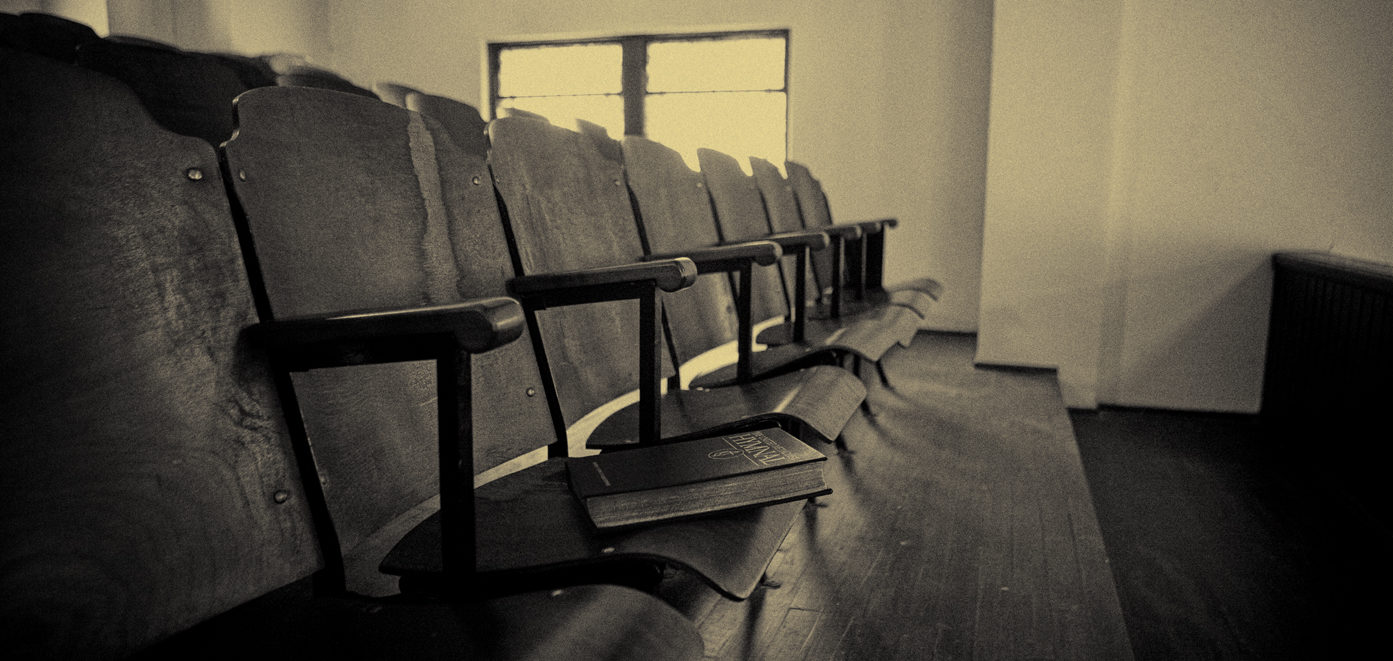Confederate statues are coming down all over the country, and the one near me — in Rocky Mount, NC — starts getting moved today. The local newspaper said it will take five days and cost over $280,000.
Ironically, the original cost to install the statue, in today’s dollars, was about $275,000.
In my book Galvanized: The Odyssey of a Reluctant Carolina Confederate, I wrote about the history of the statues in North Carolina. I tried to objectively present the history, the story, the arguments and then let the reader come to his or her own conclusion/judgment.
Here is a short excerpt from that chapter that focuses on the Rocky Mount statue:
“There is a Civil War statue at Battle Park in Rocky Mount, but it always seemed more like a grave marker as well. It has a generic Confederate at the top, seventy-five feet up, looking toward Gettys- burg, as the legend goes, watching for his lost comrades to come home, so many who lost their lives or limbs there. Both the sol- ider and the column are white Georgia marble and cost $15,000 (nearly $275,000 in today’s money). It sits on a parcel of land that was donated to the city, so that a privately purchased monument to those men could be put in place. The initials csa are in bas-relief at the base, along with three rifles.
I don’t remember the Rocky Mount statue ever coming up in conversation until 2017, when several cities across the South started removing monuments. I have heard lots of inaccurate history regarding the park and statue such as, “it’s there to mark the great battle that took place in some war” or to honor “General Battle, who is at the top” (also not true, but in all fairness, Battle is a common Rocky Mount area name).
The monument had four carved figures on a lower level, but two were stolen in the 1970s, and the other two were removed by the city for safekeeping. The statue was funded by Robert Ricks and was given over to the local United Daughters of the Confederacy chapter and, eventually, the city of Rocky Mount. Ricks was a Confederate veteran, wealthy postwar businessman and civic leader in the city, and close friend of Capt. John Thorp of Wright’s Company A.
The monument’s inscription reads: “To the Confederate soldiers of Nash County who in 1861 in Obedience to the summons of their state freely offered their lives, their fortunes, and their sacred honor on behalf of the cause of constitutional liberty and self government and through four years of war so bore themselves in victory and defeat as to win the plaudits of the world and set an example of exalted and unseen patriotism which will ever be an unfailing inspiration to all future generations of American citizens.”
When it was dedicated on May 14, 1917, at what was then called Riverside Park, the band played the “Star Spangled Banner,” “America,” and “The Bonnie Blue Flag.” There was a parade from the Ricks Hotel downtown that involved Boy Scouts, Girl Scouts, a band, and other groups. A further complication of the statue’s symbolism took a turn in 1976, when a restoration and rededication took place to make it a monument honoring all Nash and Edgecombe veterans of all wars. Another restoration fund-raising effort was started in 2012, and in 2017 some city council members started calling for the statue to be removed.”


When I was much younger, I went around town (Rocky Mount) and found citizens who were present at the time of the unveiling of the monument at Battle Park. I interviewed them and recorded what they had to say on cassette tape. Never did I read anything or heard any words spoken about white supremacy or black and white issues. The monument was carried by train and horse and wagon to the river. It was floated across by barge and again by horse and wagon to it’s location where it stood for so many years. In the late 60’s Steve Weaver, a childhood friend, shot the nose off of one of the statues. He was always into something mischievous. Many a graves are rolling over about now with all this going on. After reading your book, I have found a new opinion about the war. The wealthy slave-holding planters of the South will never wash the blood from their hands.
I hope you kept your interview tapes. That’s something the library might be interested in getting a copy.